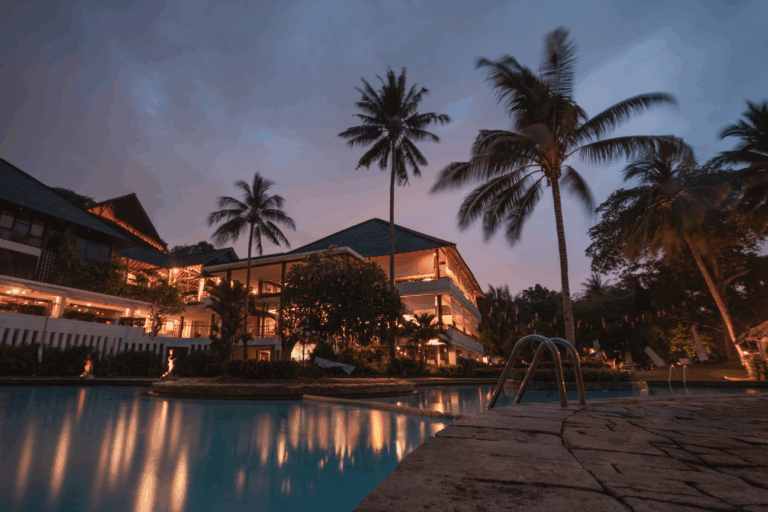17 Florida Living Room Decor Choices That Quietly Undermine Style
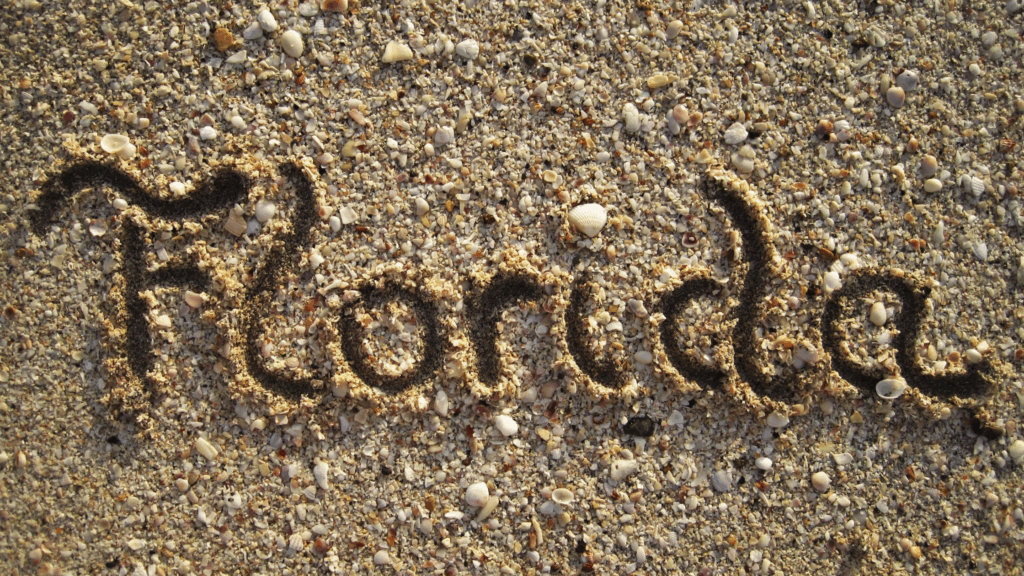
Florida’s unique blend of coastal charm, vibrant culture, and laid-back lifestyle often inspires homeowners to create living spaces that reflect the Sunshine State’s distinctive character. However, in the pursuit of capturing that iconic Floridian vibe, some decor decisions can inadvertently veer into tasteless territory, detracting from the elegance and sophistication you might be aiming for. From overly themed motifs to outdated design trends, certain choices can make a living room feel less like a serene retreat and more like a cliché. Below, we explore 17 common Florida living room decor missteps that can subtly scream “tacky” and offer insights on how to elevate your space with timeless, refined style.
1. Overloading on Tropical Themes
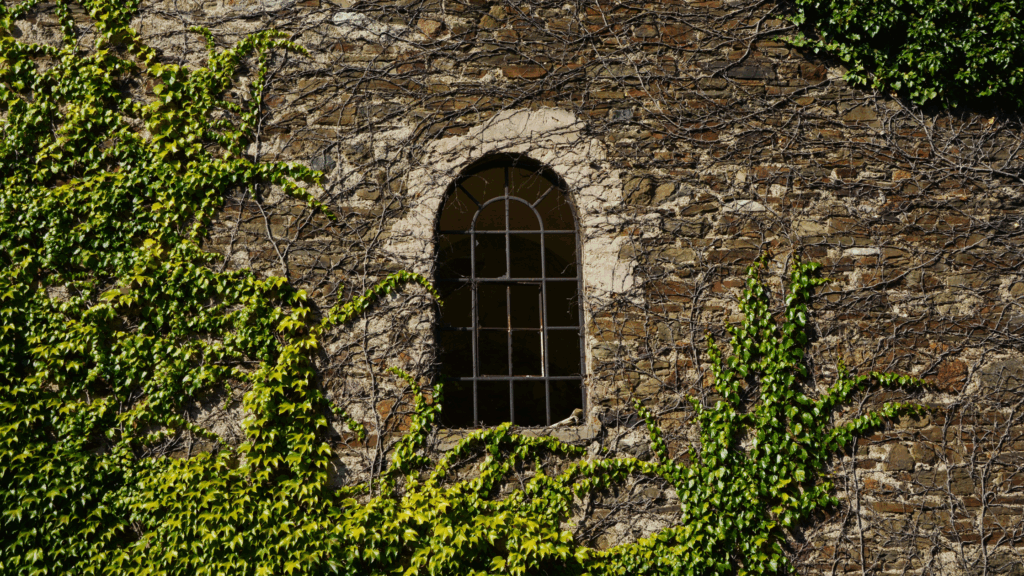
Florida’s association with palm trees, flamingos, and beachy vibes can tempt homeowners to lean heavily into tropical decor. However, filling your living room with an excess of palm leaf prints, pineapple figurines, or bright coral motifs can feel overwhelming and cartoonish. Instead of creating a cohesive, inviting space, this approach risks turning your home into a caricature of a beachside gift shop. To avoid this, incorporate tropical elements sparingly—perhaps through a single statement piece like a palm-inspired throw pillow or a subtle coastal artwork. Balance these with neutral tones and natural textures to maintain a sophisticated yet relaxed atmosphere.
2. Excessive Use of Bright, Clashing Colors
The vibrant hues of Florida’s sunsets and turquoise waters often inspire bold color choices, but using too many loud shades—like neon pinks, electric blues, and lime greens—can make your living room feel chaotic. A space dominated by clashing colors lacks harmony and can appear more like a flashy souvenir store than a refined home. Opt for a more restrained palette, using soft blues, creamy whites, or sandy beiges as a base, and introduce pops of color through accents like cushions, rugs, or artwork. This creates a vibrant yet cohesive look that honors Florida’s energy without overwhelming the senses.

3. Overreliance on Seashell Decor
Seashells are a quintessential symbol of Florida’s coastal lifestyle, but scattering them excessively across your living room—on coffee tables, shelves, or even as curtain tiebacks—can feel dated and kitschy. This approach often evokes a 1980s beach house aesthetic that lacks modern elegance. Instead, consider incorporating shells in subtle, intentional ways, such as a single, beautifully crafted shell sculpture or a minimalist frame adorned with a few delicate shells. This keeps the coastal nod refined and prevents your space from feeling like a seaside trinket shop.
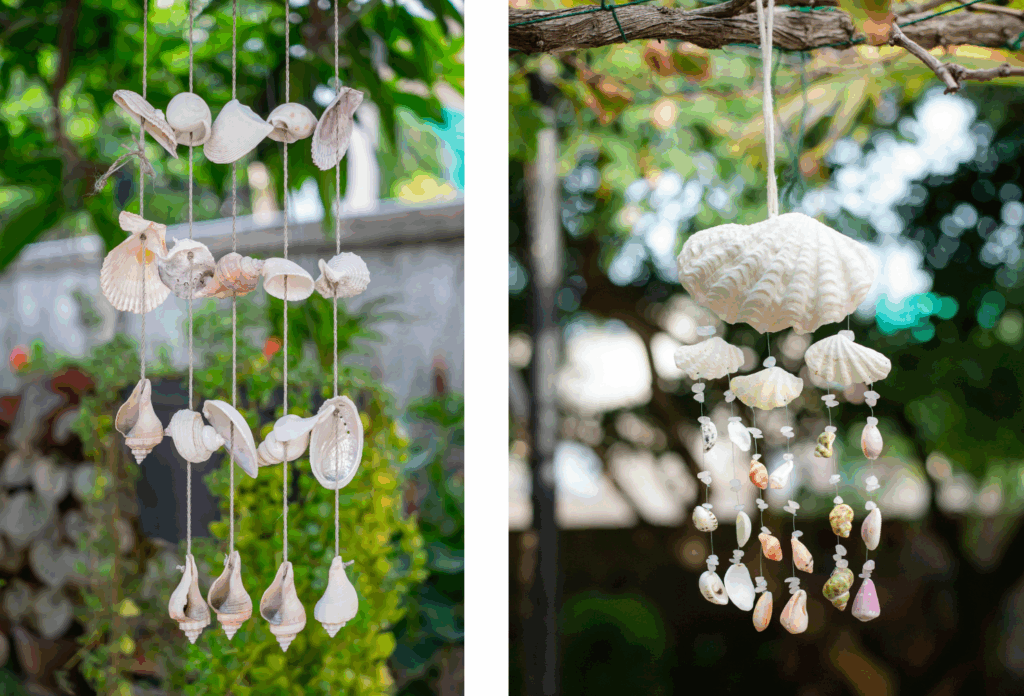
4. Plastic or Inflatable Furniture
In an effort to embrace Florida’s casual, outdoor vibe, some homeowners opt for plastic or inflatable furniture, such as vinyl ottomans or blow-up chairs. While these pieces may seem practical for a beachy, laid-back aesthetic, they often look cheap and lack durability. They can also clash with the overall sophistication of a well-designed living room. Instead, choose sturdy, natural materials like rattan, wicker, or wood for furniture that feels both relaxed and elegant. These materials align with Florida’s aesthetic while adding a touch of timeless quality.
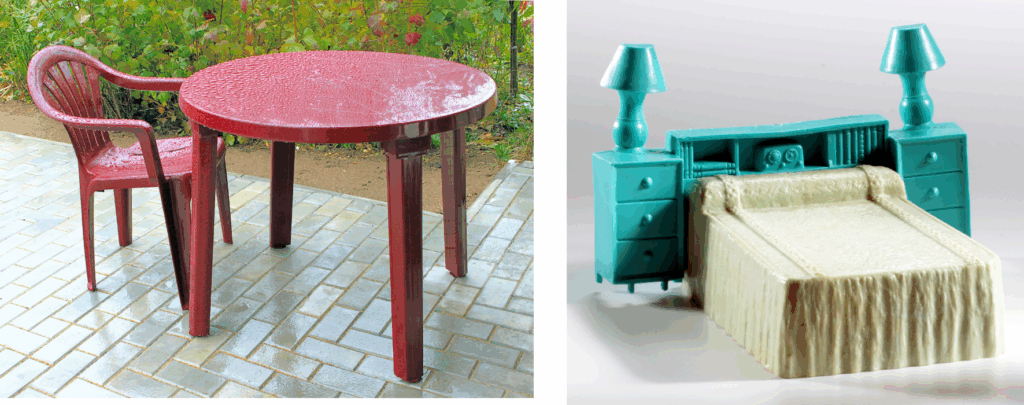
5. Overuse of Nautical Elements
Nautical decor, such as anchors, ship wheels, or rope accents, can evoke Florida’s maritime culture, but too many of these elements can make your living room feel like a themed restaurant. A space overrun with fishing nets or lighthouse figurines risks looking gimmicky rather than stylish. To incorporate nautical touches tastefully, select one or two high-quality pieces, such as a rope-wrapped mirror or a sleek anchor-inspired wall hanging. Pair these with neutral furnishings to maintain a balanced, polished look.

6. Dated Wicker Furniture
Wicker furniture is a staple in Florida homes, thanks to its light, airy feel, but outdated or overly ornate wicker pieces can drag your living room into the past. Bulky wicker sofas with loud floral cushions or intricately woven designs often feel more suited to a 1990s sunroom than a modern living space. Instead, opt for sleek, contemporary wicker furniture with clean lines and neutral upholstery. This keeps the tropical charm intact while ensuring your room feels fresh and current.

7. Excessive Animal Prints
Animal prints, such as zebra or leopard patterns, can add a bold statement to a living room, but overusing them—on rugs, pillows, and furniture—can make the space feel gaudy. In Florida, where the focus is often on natural beauty, too many animal prints can clash with the coastal aesthetic and create a jarring effect. To incorporate these patterns tastefully, limit them to a single accent, like a throw blanket or a pair of cushions, and balance them with solid, neutral tones to maintain a sophisticated look.

8. Overly Busy Wall Art
Florida’s vibrant culture might inspire homeowners to fill their walls with colorful, busy artwork, such as large tropical murals or crowded beach scenes. However, too many intricate or overly detailed pieces can make your living room feel cluttered and chaotic. Instead, choose a few carefully curated pieces of art that complement your space, such as a minimalist seascape or an abstract piece inspired by Florida’s natural hues. This creates a focal point without overwhelming the room.

9. Cheap, Mass-Produced Coastal Decor
Mass-produced coastal decor, like generic starfish wall hangings or “Live, Laugh, Love” signs with a beachy twist, can cheapen the look of your living room. These items often lack originality and feel like they belong in a tourist shop rather than a thoughtfully designed home. Instead, invest in unique, high-quality pieces, such as handcrafted ceramics or locally sourced artwork, to add personality and authenticity to your space.
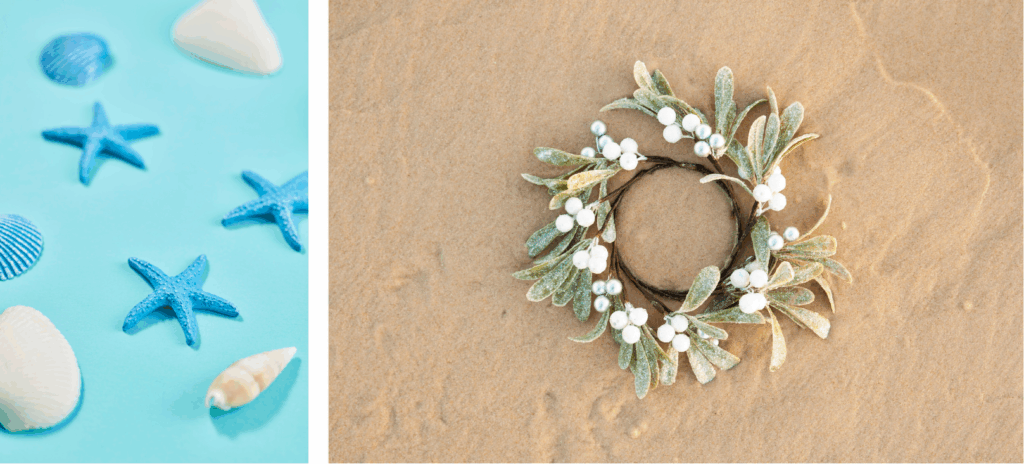
10. Overuse of Mirrored Furniture
Mirrored furniture can add a touch of glamour to a living room, but too many reflective surfaces—such as mirrored coffee tables, consoles, and side tables—can create a gaudy, over-the-top effect. In Florida’s bright, sunny climate, excessive mirrors can also amplify light to an uncomfortable degree. Use mirrored pieces sparingly, perhaps as a single accent table or a framed mirror, to add elegance without overwhelming the space.
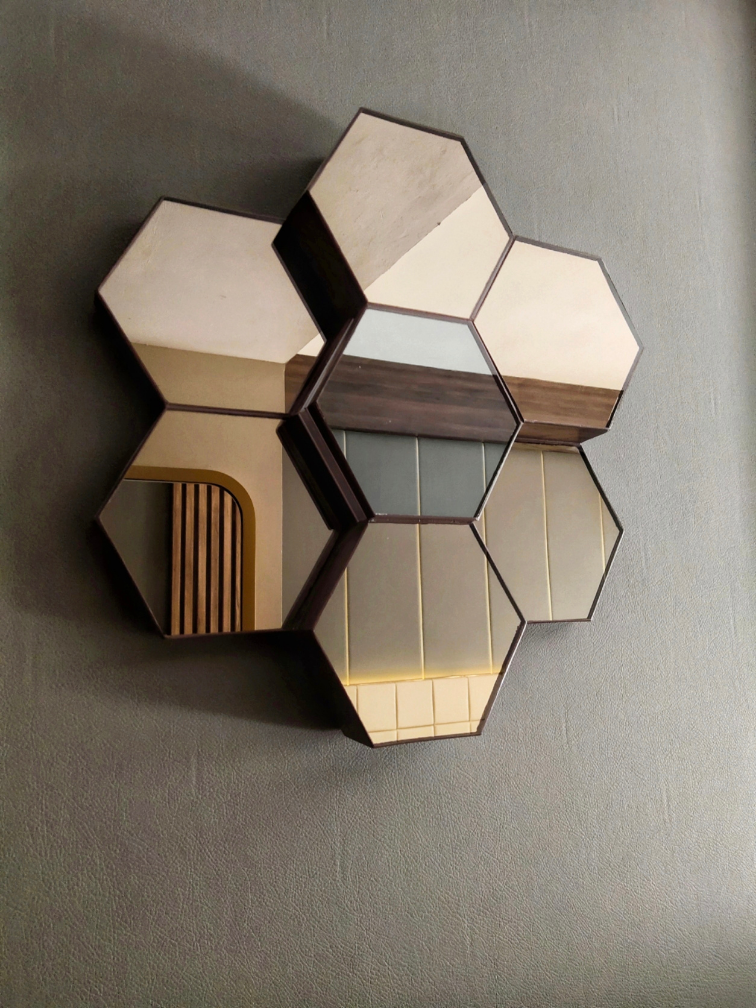
11. Cluttered Shelving
Open shelving is popular in Florida living rooms for displaying coastal treasures, but overloading shelves with trinkets, shells, or souvenirs can make the space feel cluttered and disorganized. A chaotic display detracts from the serene, airy vibe that Florida homes often aim for. Instead, curate your shelves with a few meaningful items, such as a single vase, a stack of books, or a piece of coral, and leave plenty of negative space to create a clean, intentional look.
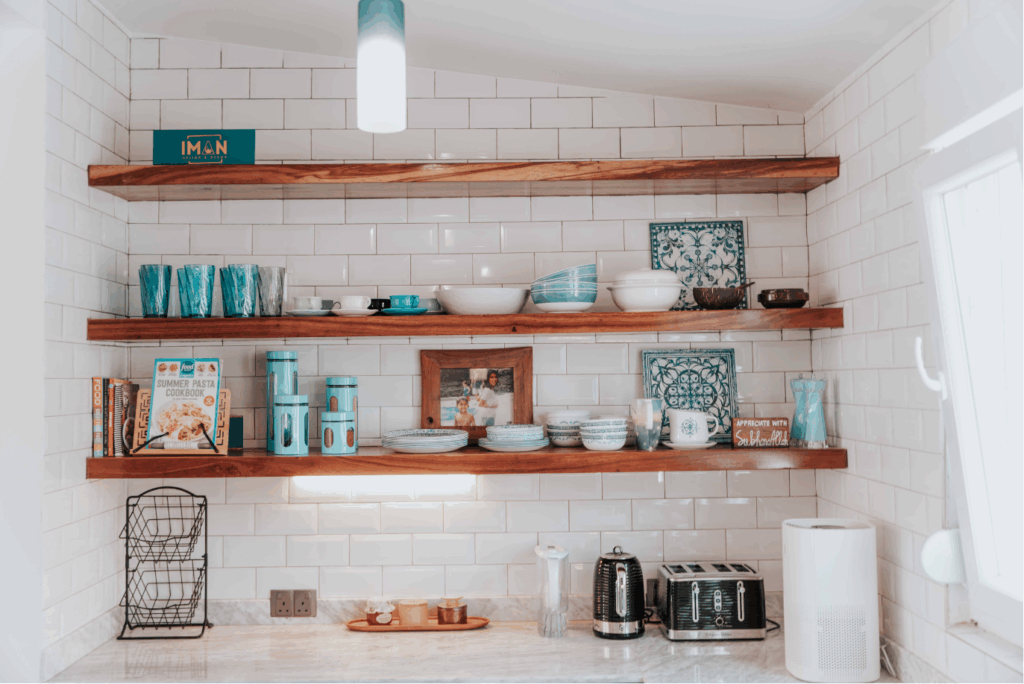
12. Faux Tropical Plants
While Florida’s lush environment inspires the use of greenery, cheap plastic plants or artificial palm trees can look tacky and out of place in a living room. These faux plants often lack the texture and vibrancy of real foliage, making the space feel artificial. Opt for real plants, such as a fiddle-leaf fig or a potted palm, to bring natural beauty into your home. If maintenance is a concern, choose high-quality artificial plants that closely mimic the look of real ones.
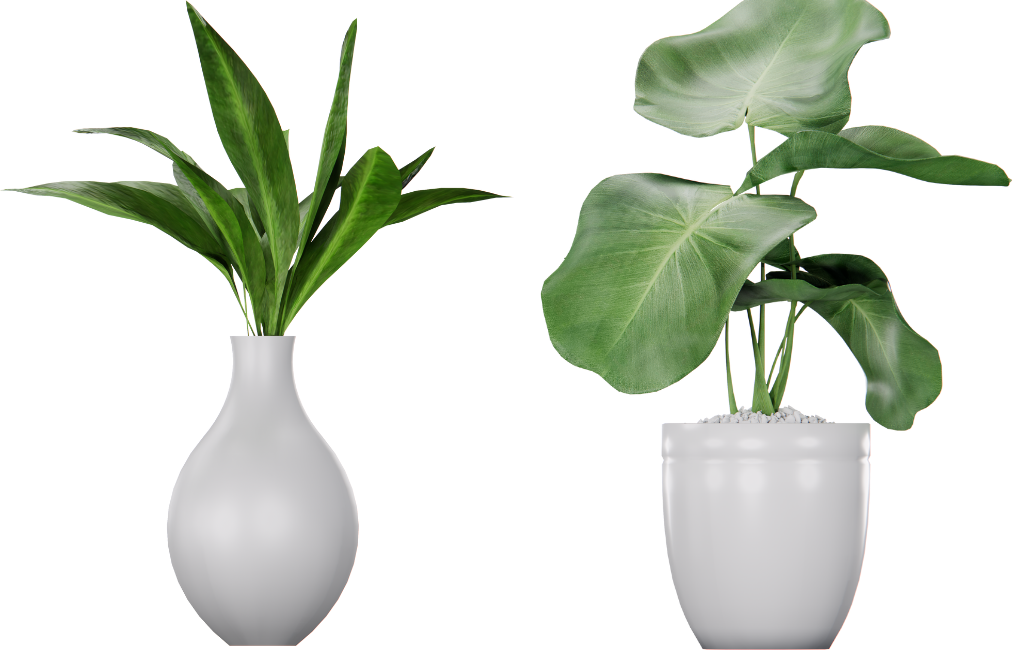
13. Overly Ornate Chandeliers
A chandelier can add elegance to a living room, but overly ornate or oversized designs—especially those dripping with crystals or shells—can feel out of place in Florida’s relaxed aesthetic. These pieces often clash with the casual, coastal vibe and can make the room feel ostentatious. Instead, choose a chandelier with clean lines and natural materials, like driftwood or linen, to complement the space while adding a touch of sophistication.
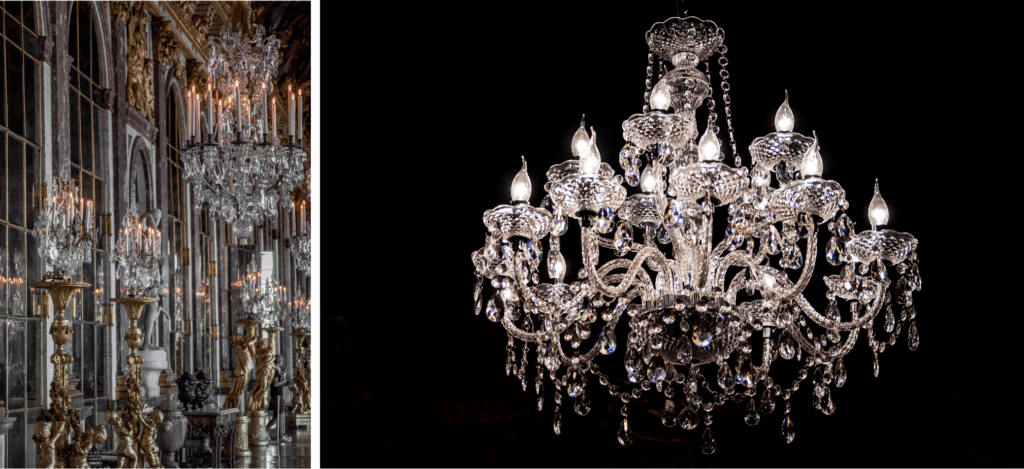
14. Mismatched Furniture Styles
In an effort to create an eclectic, beachy look, some homeowners mix furniture styles without a cohesive plan, resulting in a disjointed and tacky appearance. For example, pairing a modern sectional with a dated wicker chair and a tropical ottoman can feel chaotic. To avoid this, select furniture that shares a common theme or color palette, such as neutral tones or natural materials, to create a harmonious and polished look.
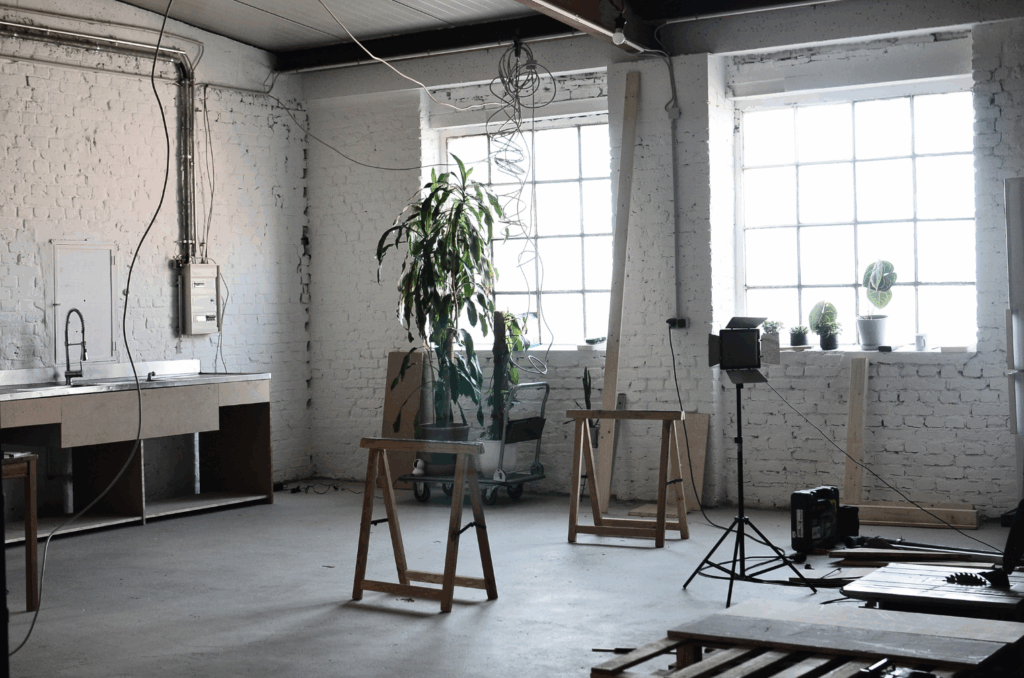
15. Excessive Use of Textured Wallpapers
Textured wallpapers, such as those mimicking palm leaves or coral patterns, can add interest to a living room, but covering every wall with bold, busy designs can overwhelm the space. This approach often feels dated and can make the room appear smaller. Instead, use textured wallpaper as an accent on a single wall, paired with neutral paint or paneling on the others, to create a balanced and modern aesthetic.
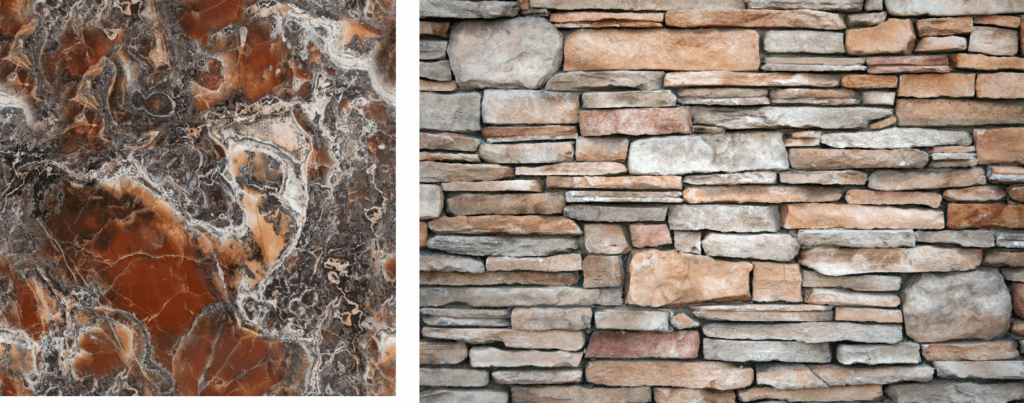
16. Outdated Ceiling Fans
Ceiling fans are a practical choice for Florida’s warm climate, but outdated designs with palm leaf blades or faux wood finishes can make your living room feel stuck in the past. These fans often clash with modern decor and can cheapen the overall look. Opt for sleek, contemporary ceiling fans with minimalist blades and neutral finishes to keep your space functional and stylish.
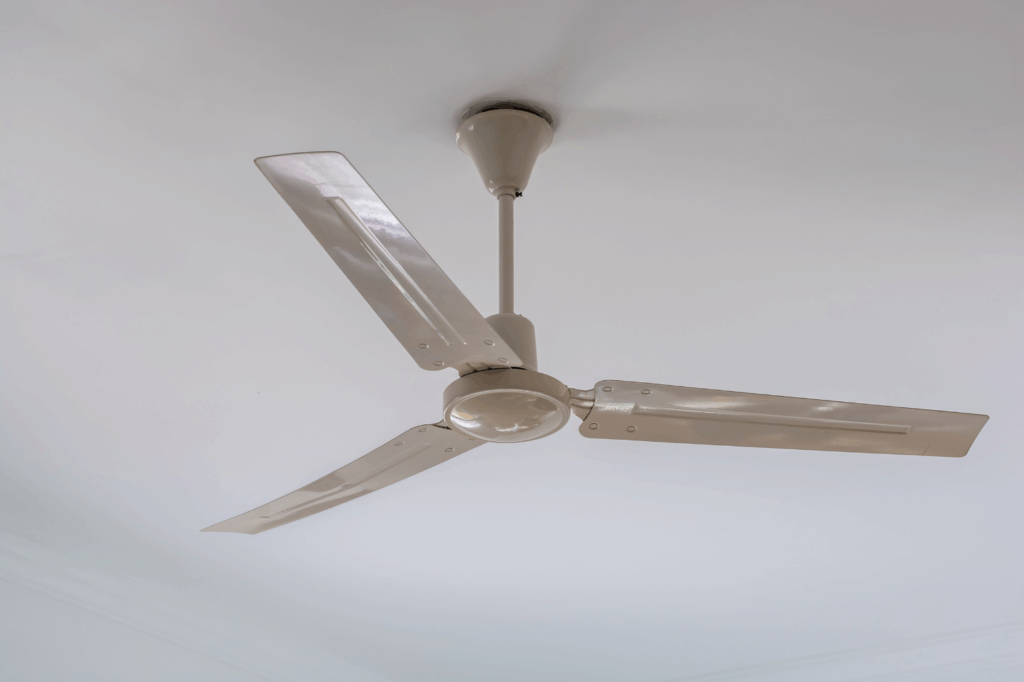
17. Overly Literal Beach Signage
Signs proclaiming “Beach Life” or “Toes in the Sand” may seem like a fun way to embrace Florida’s coastal culture, but they can quickly make your living room feel like a tourist trap. These literal decorations lack subtlety and can detract from a sophisticated design. Instead, evoke the beach through subtle elements, like a driftwood coffee table or a soft blue rug, to capture the essence of Florida without resorting to clichés.

Final Thoughts
Creating a stylish Florida living room is about striking a balance between embracing the state’s vibrant, coastal charm and maintaining a timeless, elegant aesthetic. By avoiding these 17 common decor pitfalls, you can craft a space that feels both uniquely Floridian and universally sophisticated. Focus on high-quality materials, a cohesive color palette, and thoughtful, curated accents to elevate your living room into a serene and inviting retreat that reflects the best of Sunshine State living.






